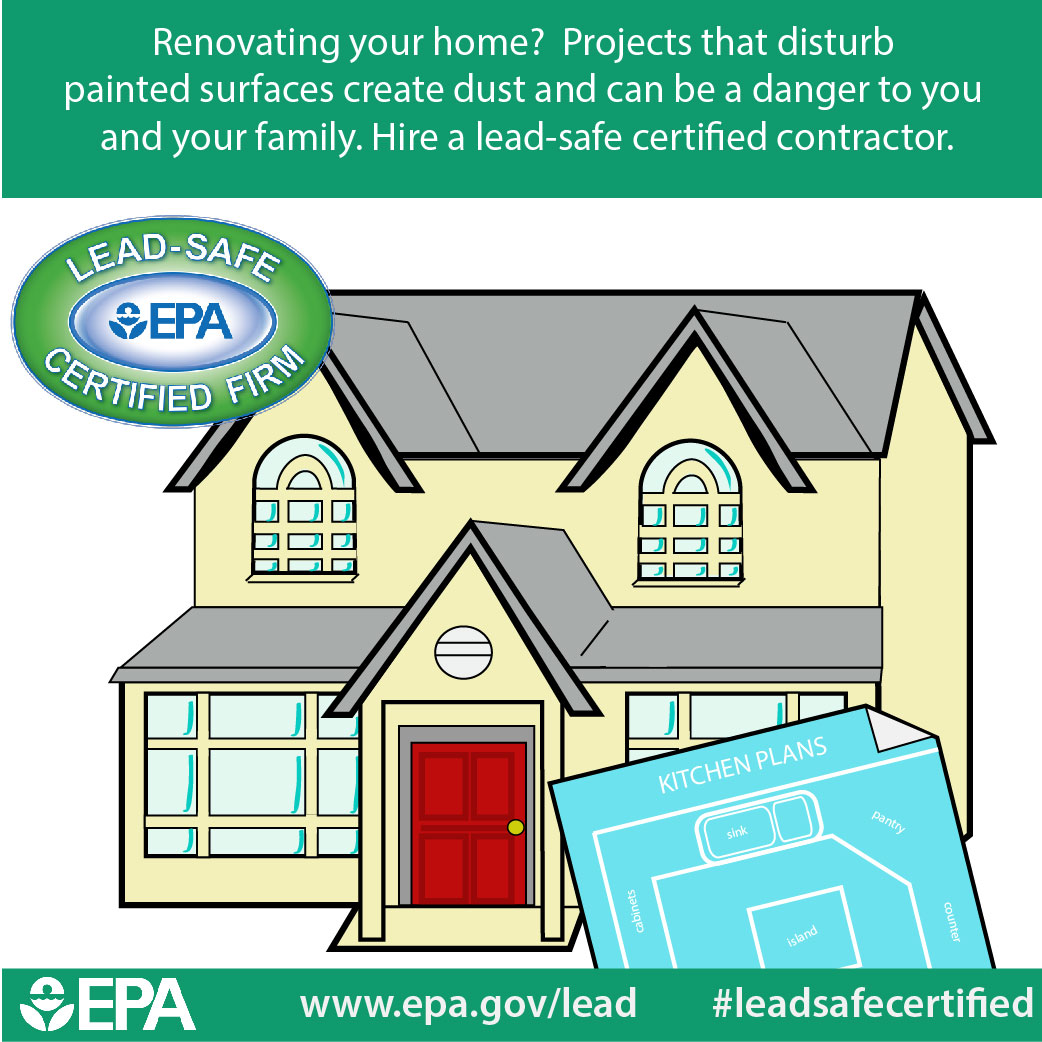Discover The Influence Of Seasonal Elements On The Performance Of Industrial Exterior Paint And Recognize The Optimal Times To Attain Long-Lasting Outcomes For Your Project
Discover The Influence Of Seasonal Elements On The Performance Of Industrial Exterior Paint And Recognize The Optimal Times To Attain Long-Lasting Outcomes For Your Project
Blog Article
Web Content Author-Korsholm Bagger
When you're preparing a commercial outside paint project, seasonal elements can make or break your outcomes. You'll wish to think about just how temperature level and humidity impact paint application and drying times. Selecting the appropriate period can guarantee your paint adheres properly and lasts much longer. However which seasons are absolutely the most effective for this kind of job? Allow's discover the crucial elements that can influence your project's success.
The Effect of Temperature Level on Paint Application
When you're preparing a business external paint project, the temperature can substantially influence how well the paint adheres and dries.
Preferably, you want to paint when temperature levels vary between 50 ° F and 85 ° F. If it's too cold, the paint might not cure properly, leading to concerns like peeling off or breaking.
On the other side, if it's too warm, the paint can dry out as well swiftly, stopping appropriate bond and leading to an uneven coating.
You ought to also think about the moment of day; early morning or late afternoon uses cooler temperatures, which can be extra favorable.
Always examine the manufacturer's recommendations for the details paint you're utilizing, as they frequently supply support on the ideal temperature level range for ideal results.
Moisture and Its Result on Drying Times
Temperature level isn't the only ecological element that affects your business external paint task; moisture plays a significant role also. High moisture levels can decrease drying times drastically, impacting the total quality of your paint job.
When the air is saturated with moisture, the paint takes longer to cure, which can result in problems like bad attachment and a greater risk of mold growth. If you're repainting on a specifically damp day, be planned for prolonged delay times in between layers.
It's vital to monitor local climate condition and strategy accordingly. Ideally, go for Click On this website in between 40% and 70% for ideal drying.
Keeping these factors in mind ensures your job remains on track and provides a lasting coating.
Best Seasons for Commercial Outside Paint Projects
What's the most effective time of year for your industrial external painting jobs?
Springtime and early fall are typically your best choices. Throughout these periods, temperatures are moderate, and moisture levels are often reduced, developing ideal problems for paint application and drying out.
Avoid painter plymouth , which can cause paint to dry too rapidly, resulting in inadequate adhesion and surface. Likewise, winter season's cool temperature levels can hinder appropriate drying out and healing, risking the long life of your paint work.
Go for days with temperatures between 50 ° F and 85 ° F for optimal outcomes. Bear in mind to check the local weather prediction for rain, as damp problems can ruin your project.
Preparation around these factors ensures your painting project runs efficiently and lasts much longer.
Verdict
In conclusion, intending your commercial external painting tasks around seasonal factors to consider can make a considerable difference in the end result. By organizing work throughout the optimal temperatures and moisture levels, you'll guarantee much better bond and drying out times. Keep in mind to watch on regional weather report and select the right time of year-- spring and very early fall are your best choices. Taking these steps will assist you attain a sturdy and professional finish that lasts.
